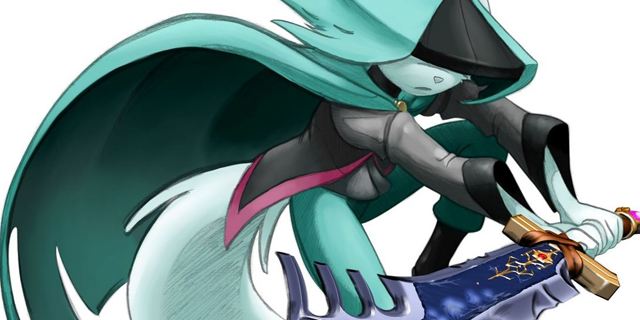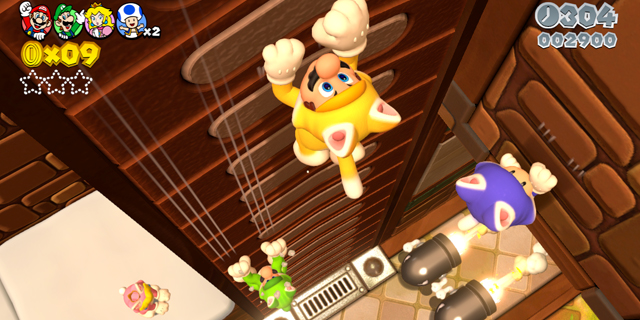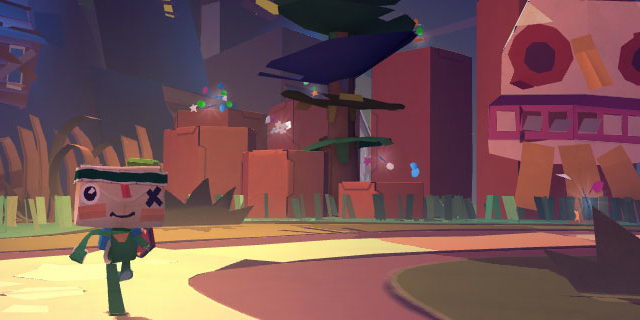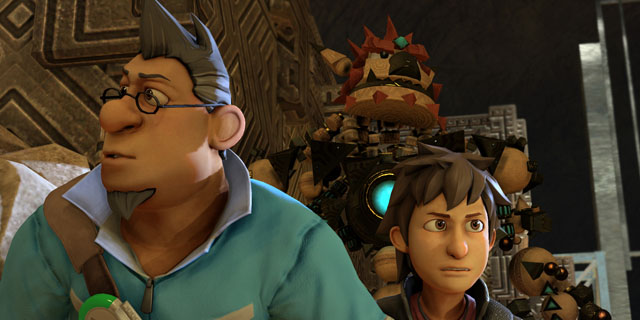
2012’s Dust: An Elysian Tail was a downloadable gem, and a labor of love for its creator, Dean Dodrill. We talked to him about his experiences making the game, thoughts on game design and what he’s working on now.
Snackbar Games: Everyone starts off somewhere. Which games influenced you the most when you first started playing? You have mentioned that Ys Book I & II for the TurboGrafx-CD in particular is your favorite game of all time. What drew you to it?
Dean Dodrill: I’ve been gaming for a long time, ever since we got our first standalone Pong machine. My earliest gaming experiences were on the TI-99 4a computer, but it wasn’t until the NES came along when a video game ignited my sense of wonder. I still remember watching a friend play Super Mario Bros. for the first time, and being blown away by the fact that you could climb into the clouds. READ MORE

When faced with following up Super Mario Galaxy as the flagship home 3D platformer, developer EAD Tokyo made a product out of cobbling together disparate smaller ideas. There’s the new (Cat Mario), the recent (local multiplayer), the classic (the overworld) and the callback (character abilities). This, meshed with the 3D Land aesthetic, sounds like it would be promising but uneven, a pile of good things that just can’t come together in a logical way.
But no, Super Mario 3D World is great both in parts and as a whole. READ MORE

Media Molecule, a developer known for putting its most creative tools into the hands of the players, is a factory of imaginative design. The LittleBigPlanet games have done well to demonstrate its talents, but are more a showcase for its fans and not of its own abilities as a studio. Tearaway is the first game from them that infuses their design philosophies and creative ambitions into a title that feels like a passion project. Most importantly of all, it’s probably the best demonstrations of the Vita as a system. READ MORE

Knack, from Sony’s Japan Studio, is the company’s attempt to bring a colorful, family-friendly action game to the PlayStation 4’s launch. Built around a character that can change size, its visual effects are made to show off the hardware’s ability to process lots of little parts at once. Whether it makes for a compelling game is, of course, another matter entirely. READ MORE























